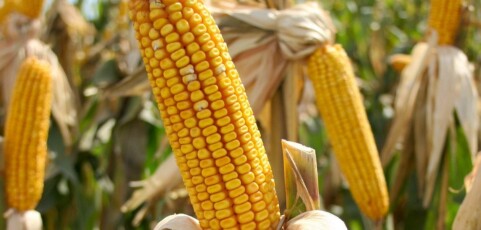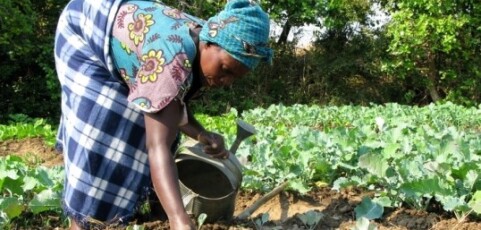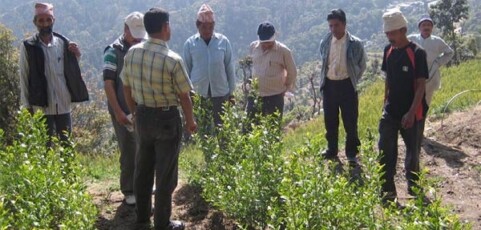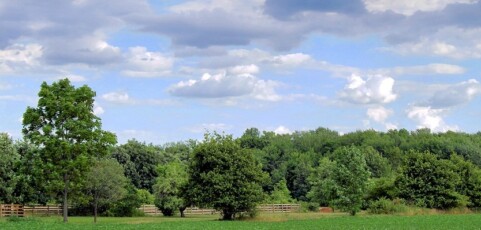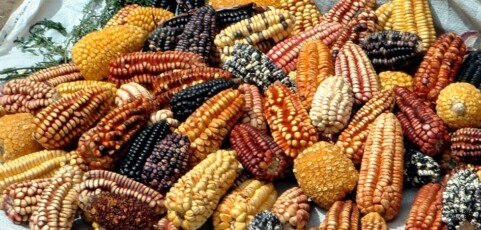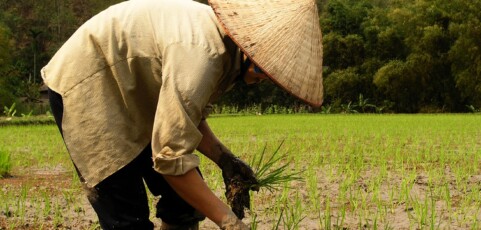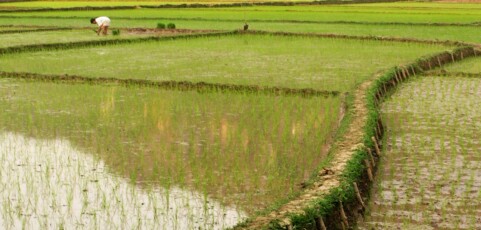Growing maize with use of manure alone.
Climate Resilient Agriculture: Experiences from Action Aid and its partners
It is based on the identification of the major risks and challenges local communities face, and/or are likely to face in the near future, and on the design and implementation of site-specific adaptation strategies aimed at reducing vulnerabilities and increasing the resilience of the smallholder production systems. SEE ALSO http://www.actionaid.org/publications
Sweet and sour delight: Value addition in citrus
Creating economic incentives is an effective way for conserving agrobiodiversity. Establishing market linkages and adding value through processing of locally available crops can provide such incentives for conservation through use, as is happening in Ghanteshwor village development committee (VDC) of Doti district in far western Nepal.
Pathways to resilience
Read MoreWhat we need is 40 acres and a mule
The case of Brent, a urban famer. The urban agriculture movement, sweeping across urban areas, from West Oakland to Detroit, Milwaukee and Chicago to the Bronx and beyond, is a call to reclaim post-industrial abandoned lots, under-serviced public parks and vacant lots to grow fresh food for the people. The movement is often called “food justice” , representing the idea that healthy food for our people is a human right, not a privilege.
Escaping the Hunger Cycle. Pathways to Resilience in the Sahel
Interesting experience of Famers Managed Natural Regeneration (FMNR) as transition to ecological farming, particularly in the Sahel. The network “Africa Regreening Initiative” is actively developing innovative ways to scale out this approach and other agreoecological techniques, across the Sahel and beyond.
Agroecology and the struggles for food sovereignity in the Americas
This publication originated at an international workshop held at the Yale School of Forestry & Environmental Studies in New Haven, USA, April 15-17, 2004. It was published jointly, in Spanish and English, by the International Institute for Environment and Development (IIED), the IUCN Commission on Environmental, Economic and Social Policy (CEESP) and the Yale School of Forestry & Environmental Studies (Yale F&ES).
Rice Transplanting in the Tai Lake Region of China
Farmers transplant paddy rice to increase the growing period for winter crops and reduce irrigation.
Using Human Manure (“nightsoil”) in the Tai Lake Region of China
Read More“Oufei” Wet composting in the Thai Lake Region of China
Traditional farmers make an anaerobic compost called “oufei” using canal sediments, legume green manures, crop residues and animal manures as a fertilizer for rice.

